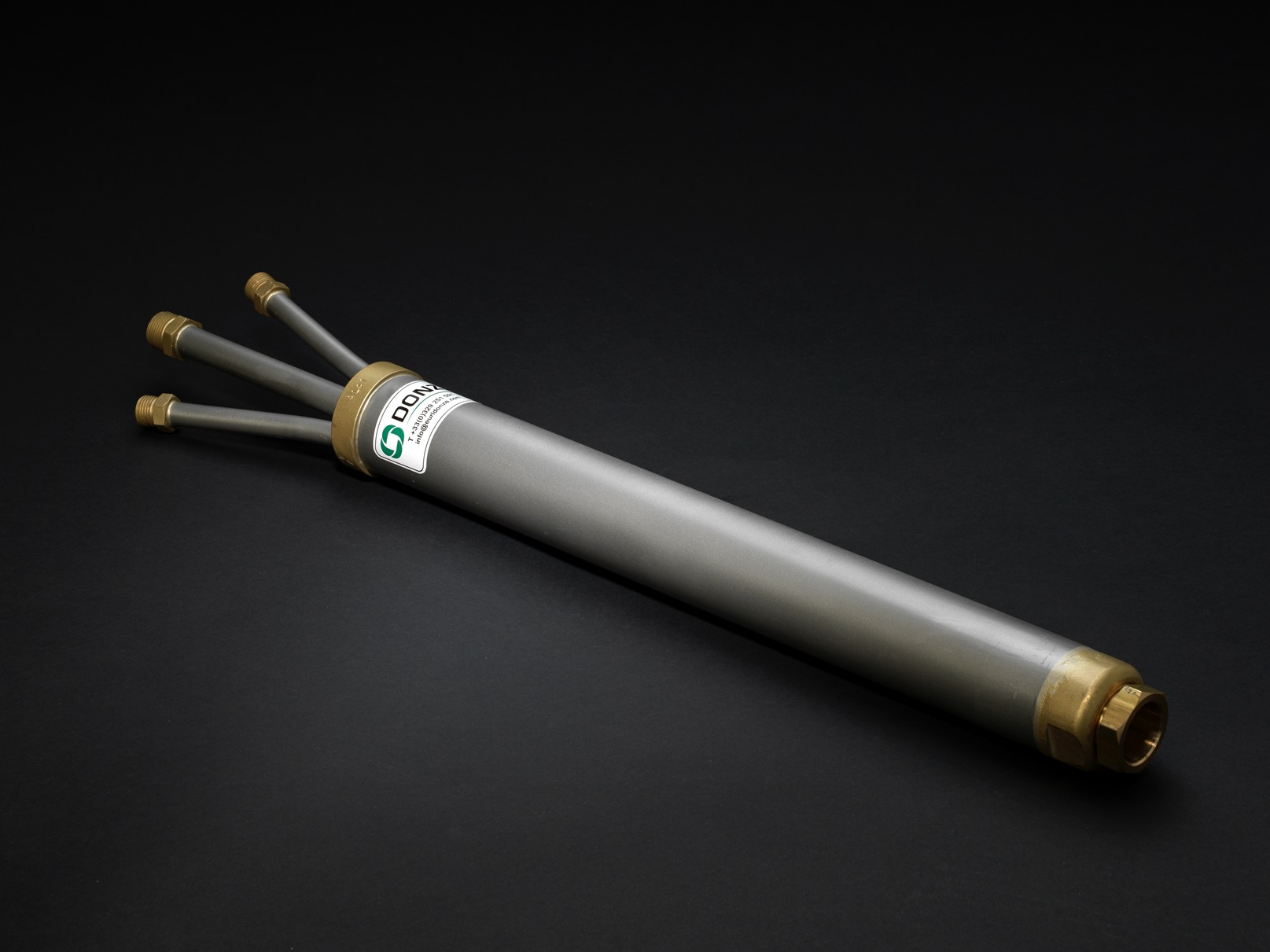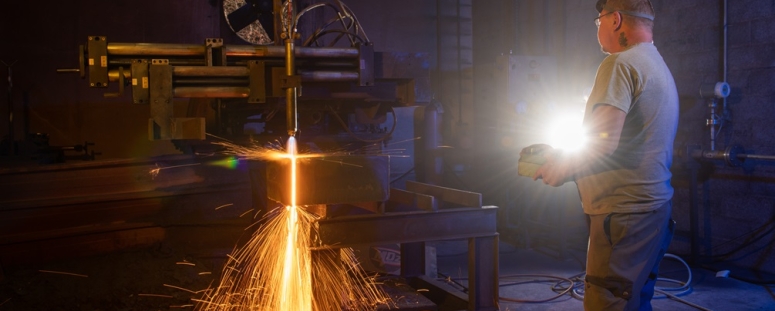In an enlightening conversation with Metal-Interface, Olivier Arnes, development director of DONZE, a prominent figure in the steel industry, shared his insights on the pressing challenges faced by the steel sheet sector. Notably, the industry is on the brink of significant transformation, largely driven by environmental concerns.
The growing emphasis on environmental challenges

The steel industry stands at a crossroads, confronting pressing environmental challenges. According to Olivier Arnes, the industry's most urgent task is to adopt more sustainable practices. There's a pressing need to transition from the traditional blast furnace method to the electric arc furnace technique. This move is not just about adopting a new method; it implies a profound transformation that will reverberate through the entire industry. From retraining personnel to sourcing scrap steel, every facet of steel production will feel the impact of this shift.
The influence of the scrap business
The scrap business, often seen as a subsidiary of the larger steel industry, is set to play an increasingly pivotal role. Olivier Arnes notes that the demand for scrap steel is already surging, a trend that's expected to continue. In preparation, many steel producers are strategically investing in scrap to ensure their autonomy in the face of these imminent changes.
Global dynamics and the role of China
Another dimension of the challenge arises from the global production dynamics. A staggering 50% of the world's steel originates from China, with countries like India, Japan, South Korea, and Taiwan collectively accounting for almost 75% of global steel production. In comparison, the combined output of the rest of the world amounts to a mere 25%. This distribution raises concerns, especially for regions like Europe, where much of the infrastructure, including steel plants and machinery, is dated and less efficient. While the U.S. is making strides with newer steel plants employing cutting-edge technology, countries like China are already ahead in this race.
Innovation and the future of steel production
When asked about solutions, Olivier Arnes outlined the innovative approaches his company is employing to assist clients in navigating these challenges. Central to their strategy is optimizing the steel cutting process to reduce waste. By minimizing the yield, they aim to cut down on scrap and emissions significantly.
Furthermore, there's an ongoing effort to decrease gas and oxygen consumption in their equipment. Looking to the future, Olivier Arnes reveals a tantalizing prospect: the potential to cut steel using hydrogen. Abandoning the reliance on natural gas in favour of this element would mark a monumental shift in steel production. While this vision is still in its conceptual stages, it underscores the industry's commitment to innovation in the face of adversity.
Conclusion
The steel industry is undergoing a period of profound change, driven by both environmental imperatives and global production dynamics. As our discussion with Olivier Arnes highlighted, while the challenges are substantial, they're also a catalyst for innovation. With industry leaders like DONZE at the helm, the future of steel looks not only sustainable but also promising.
Metal-Interface takes great care to protect your privacy: when you submit a request or ask a question, your personal information is passed on to the supplier concerned or, if necessary, to one of its regional managers or distributors, who will be able to provide you with a direct response. Consult our Privacy Policy to find out more about how and why we process your data, and your rights in relation to this information. By continuing to browse our site, you accept our terms and conditions of use.
 Schweissen & Schneiden 2023 Press release
Schweissen & Schneiden 2023 Press releasePioneering sustainable changes in steel: a deep dive with Olivier Arnes of DONZE
Published on 10/10/23
